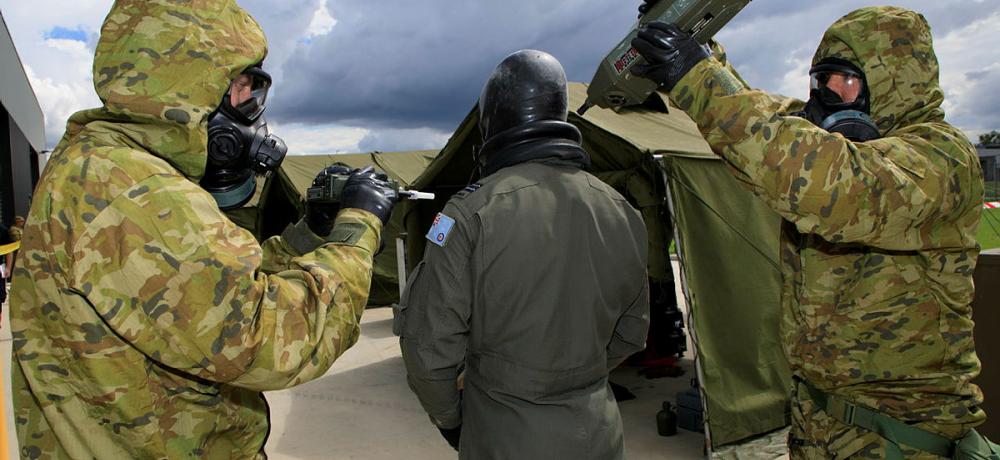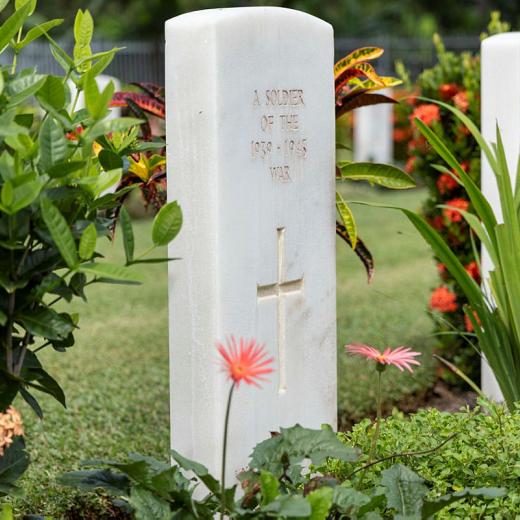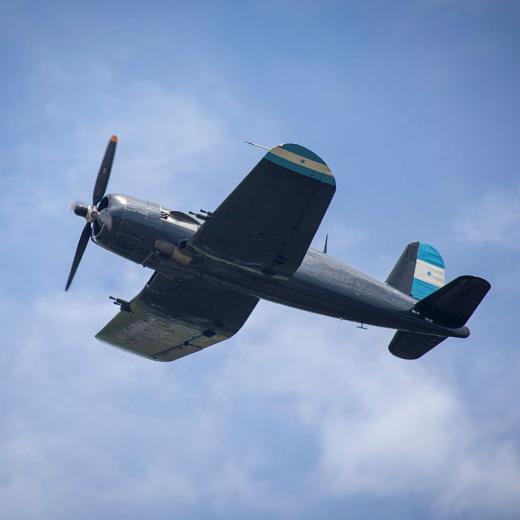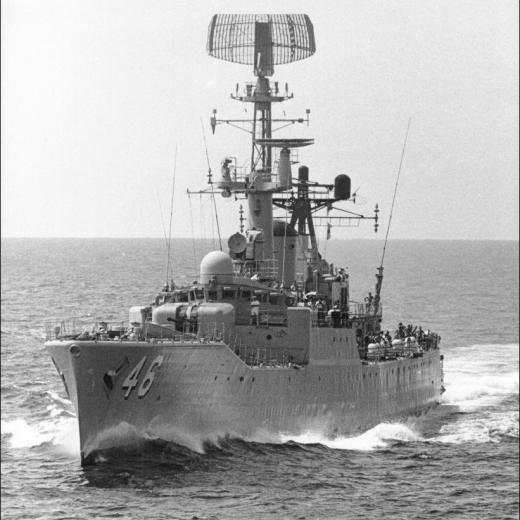BLUF
During the Cold War, nearly a quarter of all the world’s nuclear testing took place in Kazakhstan, in secret until the 1986 Chernobyl nuclear disaster and the dissolution of the Soviet Union.Summary
This article by Joanna Lillis in History Today makes the following points:
- The US dropping of atomic bombs on Hiroshima and Nagasaki started an arms race.
- The USSR began secret nuclear tests at Semipalatinsk, Kazakhstan in 1949 at a place called the Polygon, just south of Siberia.
- The site was top secret, supposedly an anti-brucellosis research facility.
- 456 atomic explosions followed over the next 40 years.
- Spies within the US arms programme helped.
- Local villages were advised ‘there’s going to be an earthquake,’ before some tests.
- The tests moved underground after a ban on atmospheric testing in 1963.
- Hundreds of thousands of people at a minimum were exposed to radiation.
- Russia takes no responsibility for the legacy of nuclear testing.
- The nuclear testing at Semipalatinsk destroyed the lives of unborn people even after tests ceased in 1989.
- The USSR tried to cover up the Chernobyl atomic power station meltdown but were forced to admit it.
- Due to glasnost (openness) launched by Mikhail Gorbachev a nuclear debate was ignited.
- Somewhere between 4,000 to 200,000 people died or fell ill from radiation.
- In Kazakhstan an anti-nuclear movement was supported by Nursultan Nazarbayev, who later became its leader.
- He agreed to give up Kazakhstan’s 1,410 nuclear warheads, as well as tactical weapons.
- Kazakhstan now supports nuclear non-proliferation.
References
Recent Runway Posts related to this topic:
- How the Soviet Union's collapse explains the current Russia-Ukraine tension | The Runway (airforce.gov.au)
- George Kennan urged American leadership and patience to counter the Soviets. Instead, the Cold War ensued | The Runway (airforce.gov.au)
- This December is the 30th anniversary of the fall of the Soviet Union – how does an empire collapse? | The Runway (airforce.gov.au)
References from the Web:
- AUG 2021 Thirty Years Ago, Kazakhstan Closed Soviet-Era Nuclear Test Site- Radio Free Europe
- OCT 2021 The devastating history of Kazakhstan's Polygon- Indy Guide
- Feb 2022 How Kazakhstan Fought Back Against Soviet Nuclear Tests- Carnegie Endowment for International Peace





